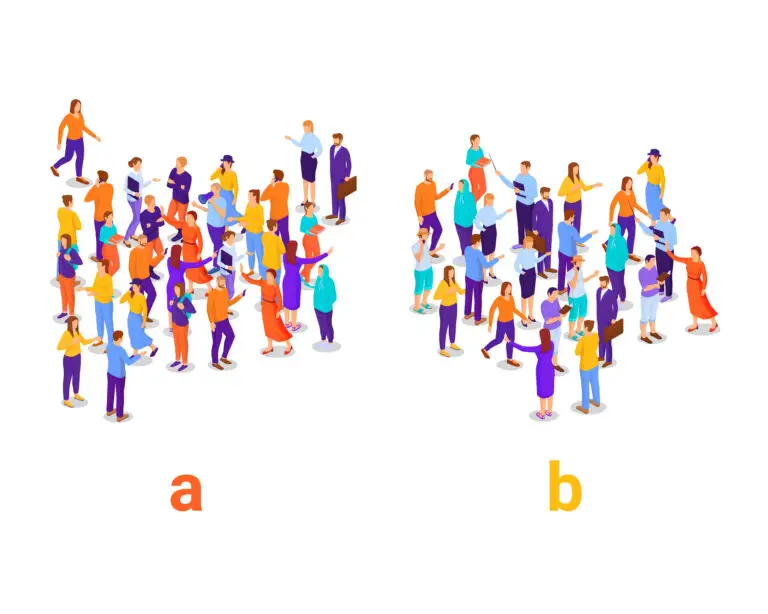Control Group

Table of Contents
What is a Control Group?
A control group is a group of participants in an experiment who do not receive the experimental treatment or intervention being studied. The purpose of the control group is to provide a baseline for comparison with the treatment group, allowing researchers to assess the effects of the experimental manipulation more accurately.
Purpose
The control group serves as a comparison or reference point for evaluating the effects of the independent variable(s) on the treatment group’s dependent variable(s).
By comparing outcomes between the control and treatment groups, researchers can determine whether any observed changes or effects are due to the experimental treatment or other factors.
No Experimental Treatment
- Participants in the control group do not receive the experimental treatment or intervention. Instead, they may receive a placebo, standard care, no treatment, or an alternative condition that is not expected to produce the effects being studied.
- The absence of the experimental treatment in the control group helps isolate the specific effects of the treatment in the treatment group.
Random Assignment
Participants are typically assigned randomly to either group to ensure the validity of comparisons between the control and treatment groups. Random assignment helps minimize biases and ensures that both groups are similar regarding characteristics that could influence the results.
Types of Control Groups
- Placebo Control Group: In studies involving pharmacological treatments or medical interventions, a placebo control group may receive a placebo (inactive substance) instead of the actual treatment. This helps assess the psychological or placebo effects of the treatment.
- Standard Care Control Group: In medical research, the control group may receive standard care or existing treatments that are commonly used in clinical practice. This allows researchers to compare the experimental treatment with established practices.
- No-Treatment Control Group: In some experiments, the control group may receive no treatment or intervention at all. This is particularly relevant when studying natural processes or assessing the necessity of interventions.
Blinding
In experiments with placebo control groups, researchers may use blinding techniques such as single-blind or double-blind procedures. Blinding helps prevent bias by ensuring that participants and/or researchers are unaware of who is receiving the experimental treatment or placebo.
Statistical Analysis
- After collecting data from the control and treatment groups, researchers use statistical analysis techniques to compare outcomes between the groups and determine the significance of any observed differences.
- Statistical tests such as t-tests, ANOVA (Analysis of Variance), regression analysis, or non-parametric tests are used to analyze data and draw conclusions about the effects of the treatment.
Control Group Example
The Scenario
Imagine a nutritionist wants to study the impact of a new diet plan on weight loss. The nutritionist designs a study where participants are randomly assigned to either a control group or a treatment group.
Participant Groups
Control Group: Participants in the control group are instructed to maintain their usual eating habits and lifestyle throughout the study period. They do not receive any special diet plan or intervention related to weight loss.
Treatment Group: Participants in the treatment group are given the new diet plan designed to promote weight loss. They are instructed to follow the diet plan strictly and make no other significant changes to their lifestyle during the study period.
Study Design
Recruitment: The nutritionist recruits a group of volunteers interested in losing weight and willing to participate in the study.
Random Assignment: Participants are randomly assigned to either the control or treatment groups. Random assignment helps ensure that any differences between the groups are due to the intervention (or lack thereof) and not other factors.
Intervention Period: The study lasts for several weeks, during which the treatment group follows the new diet plan while the control group continues their usual eating habits.
Data Collection: Throughout the study, data is collected from both groups, including weight measurements, dietary intake, physical activity levels, and any other relevant factors that may affect weight loss.
Analysis: At the end of the study, the nutritionist analyzes the data to compare weight loss outcomes between the control and treatment groups. By comparing the results, the nutritionist can determine if the new diet plan significantly impacted weight loss compared to maintaining usual eating habits.
Summary
In this example, the control group serves as a reference or baseline against which the effects of the new diet plan are evaluated. The control group allows researchers to assess whether any changes observed in the experimental group are due to the intervention, not just natural fluctuations or other external factors.
Related Links
Analysis of Variance
Confounding Factors
Stratified Random Sample
Treatment Group